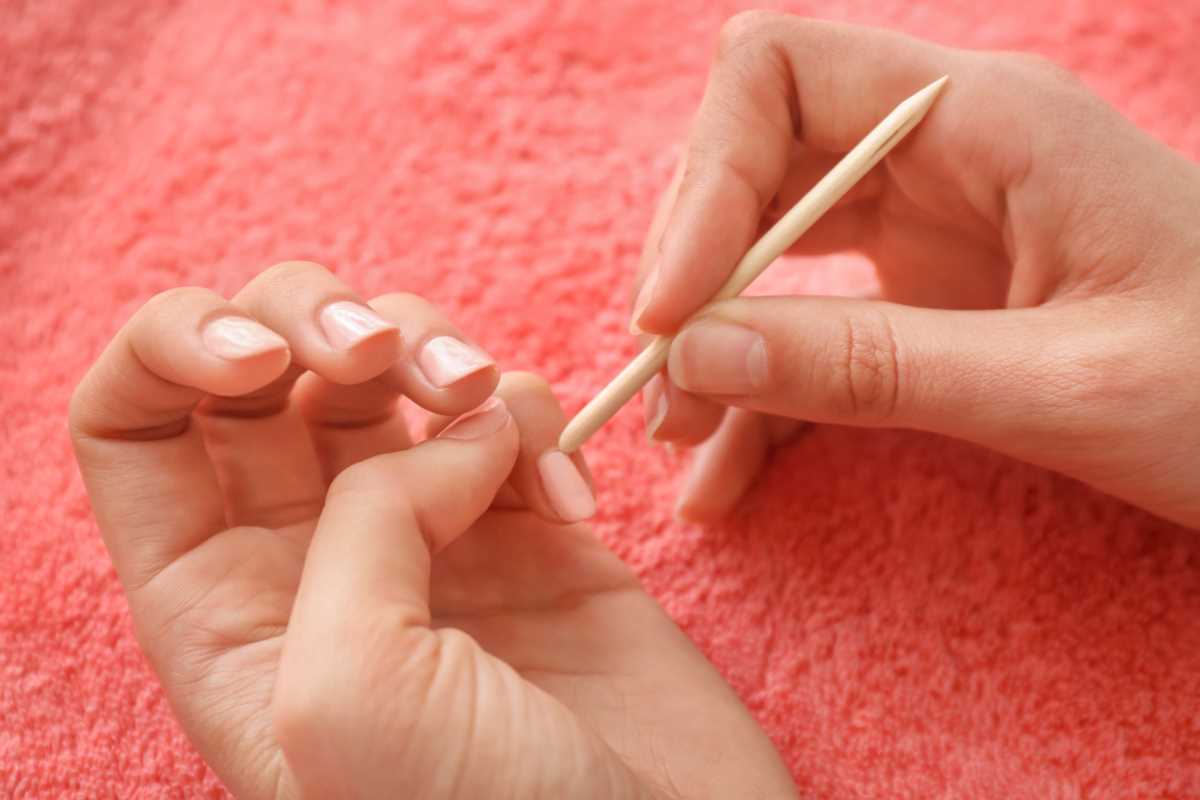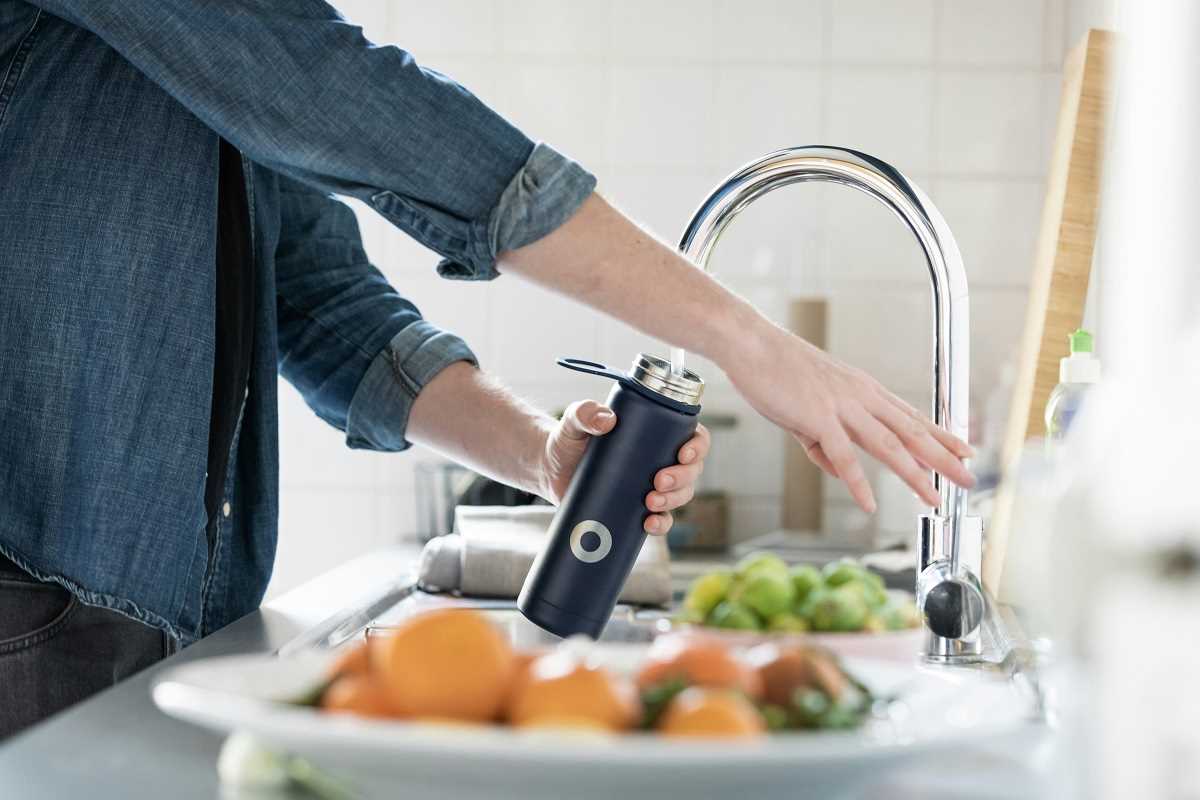That familiar afternoon fog rolls in around 2 PM like clockwork. Your energy crashes, concentration wavers, and the simplest tasks suddenly feel overwhelming. You're not imagining it—this midday slump is a real phenomenon that affects up to 75% of working adults daily, according to research from the National Sleep Foundation.
Your body's natural circadian rhythm creates a predictable dip in alertness between 1 PM and 3 PM, regardless of how well you slept the night before. Add workplace stress, poor posture from hours of sitting, and blood sugar fluctuations from lunch, and you have a perfect storm for decreased productivity and mental fatigue.
The good news? You don't need a lengthy break or expensive solutions to combat this energy drain. Strategic midday recharges involving simple stretches, smart snacking, and brief stress relief techniques can restore your focus, boost your energy, and help you power through the rest of your day with renewed vigor.
Understanding Your Midday Energy Crisis
Your afternoon energy crash isn't a personal failing—it's biology. Research from Harvard Medical School reveals that your core body temperature naturally drops between 1 PM and 3 PM, triggering drowsiness and reduced cognitive performance. This biological dip coincides with post-meal blood sugar changes and accumulated physical tension from morning activities.
Studies published in the Journal of Clinical Medicine show that people who ignore these natural energy fluctuations experience:
- 40% decrease in cognitive performance during afternoon hours
- Higher stress hormone levels throughout the day
- Increased risk of making errors on important tasks
- Greater physical tension and discomfort by evening
The solution isn't pushing through or relying on caffeine alone. Strategic midday interventions that address your body's physical and mental needs can actually improve your overall daily performance and well-being.
Quick Stretches: Releasing Tension and Boosting Circulation
Hours of sitting, hunching over screens, and repetitive motions create physical tension that directly impacts your energy levels. When muscles are tight and circulation is compromised, your body works harder to maintain basic functions, leaving less energy for mental tasks.
Research from the American Council on Exercise demonstrates that just 5-10 minutes of targeted stretching can increase blood flow by 25%, reduce muscle tension, and improve alertness for up to two hours afterward.
Desk-Friendly Stretches for Instant Relief
These stretches require no special equipment and can be performed in most work environments without changing clothes or drawing unwanted attention.
Neck and Shoulder Release
Slowly roll your shoulders backward five times, then forward five times. Next, gently tilt your head to the right, holding for 15 seconds, then repeat on the left side. This simple sequence counteracts the forward head posture that develops from screen work and releases tension in your upper trapezius muscles.
Spinal Twist
While seated, place your right hand on your left knee and gently rotate your torso to the left, looking over your left shoulder. Hold for 20 seconds, then repeat on the opposite side. This movement mobilizes your spine and engages your core muscles, which often become dormant during prolonged sitting.
Hip Flexor Stretch
Stand and place one foot behind you, keeping your back heel lifted. Gently push your hips forward while keeping your torso upright. Hold for 15 seconds on each side. This stretch counters the hip flexor tightness that develops from sitting and can instantly improve your posture.
Wrist and Forearm Relief
Extend one arm forward with your palm facing up. Use your other hand to gently pull your fingers back toward your body. Hold for 15 seconds, then flip your palm down and gently push your hand toward the floor. This sequence addresses the repetitive strain from typing and mouse use.
Standing Movement Breaks
When possible, incorporate brief standing movements that engage larger muscle groups and stimulate circulation throughout your entire body.
Wall Push-Ups
Stand arm's length from a wall and perform 10-15 push-ups against the wall. This activates your chest, shoulders, and core while providing a gentle cardiovascular boost without breaking a sweat.
Calf Raises
Rise up onto your toes and lower back down 15-20 times. This simple movement activates your calf muscle pump, which helps return blood from your lower extremities back to your heart and brain.
Marching in Place
Lift your knees toward your chest in an exaggerated marching motion for 30-60 seconds. This engages your core, improves circulation, and provides a mild cardiovascular stimulus that can enhance alertness.
Smart Snacking: Fueling Your Afternoon Energy
What you eat during your midday break significantly impacts your energy levels for the remainder of the day. The wrong foods can worsen your afternoon slump, while strategic choices can provide sustained energy and mental clarity.
Research from the American Journal of Clinical Nutrition shows that balanced midday snacks combining protein, healthy fats, and complex carbohydrates maintain stable blood sugar levels and support cognitive function for 3-4 hours after consumption.
Energy-Sustaining Snack Combinations
The most effective midday snacks provide approximately 150-200 calories and combine multiple macronutrients to ensure steady energy release.
Protein-Rich Options
Greek yogurt with berries provides high-quality protein and probiotics that support gut health and mood regulation. The natural sugars in berries offer quick energy, while protein ensures sustained fuel.
Hard-boiled eggs paired with whole grain crackers deliver complete protein and complex carbohydrates. This combination stabilizes blood sugar while providing B vitamins essential for energy metabolism.
Healthy Fat Combinations
Apple slices with almond butter combine fiber, natural sugars, and healthy fats. The fiber slows sugar absorption, preventing energy spikes and crashes, while healthy fats support brain function.
Avocado on whole grain toast provides monounsaturated fats that support cardiovascular health and sustained energy. Add a sprinkle of hemp seeds for additional protein and omega-3 fatty acids.
Complex Carbohydrate Choices
Hummus with vegetable sticks offers plant-based protein, fiber, and complex carbohydrates. The combination provides steady energy while delivering important micronutrients from colorful vegetables.
Overnight oats made with rolled oats, chia seeds, and milk provide sustained energy from complex carbohydrates and protein. Prepare these in advance for a convenient grab-and-go option.
Hydration for Energy and Focus
Dehydration, even at mild levels, significantly impacts cognitive performance and energy levels. Studies from the University of Connecticut reveal that losing just 1.5% of your body's water can impair mood, concentration, and working memory.
Strategic Hydration Approaches
Aim to consume 8-10 ounces of water during your midday break. If plain water feels boring, try infusing it with cucumber, lemon, or mint for added flavor without calories.
Green tea provides gentle caffeine along with L-theanine, an amino acid that promotes calm focus. This combination offers sustained energy without the jitters or crash associated with coffee.
Herbal teas like peppermint or ginger can be energizing and aid digestion if you've recently eaten lunch. These caffeine-free options support hydration while providing subtle aromatherapy benefits.
Foods to Avoid During Midday Breaks
Certain foods can sabotage your afternoon energy and should be limited during midday refueling sessions.
High-Sugar Snacks
Candy, cookies, and sugary drinks cause rapid blood sugar spikes followed by crashes that worsen afternoon fatigue. While they provide immediate energy, the subsequent drop leaves you feeling more tired than before.
Heavy, High-Fat Meals
Large portions of fried foods or rich meals require significant energy for digestion, diverting resources away from brain function. These foods can also cause drowsiness as your body focuses on digestive processes.
Excessive Caffeine
While moderate caffeine can be beneficial, consuming large amounts (more than 200mg) can lead to anxiety, jitters, and eventual energy crashes. Space out caffeine consumption throughout the day rather than consuming it all at once.
Stress Relief Techniques: Calming Your Mind for Better Focus
Mental stress accumulates throughout the day, creating tension that saps your energy and impairs cognitive function. Brief stress relief practices during midday breaks can reset your nervous system and improve your capacity to handle afternoon challenges.
Research from the American Psychological Association demonstrates that even 5-minute stress reduction techniques can lower cortisol levels by 23% and improve focus for several hours afterward.
Breathing Techniques for Instant Calm
Controlled breathing is one of the fastest ways to activate your parasympathetic nervous system and reduce stress responses.
4-7-8 Breathing
Inhale through your nose for 4 counts, hold your breath for 7 counts, then exhale through your mouth for 8 counts. Repeat this cycle 3-4 times. This technique quickly shifts your nervous system into relaxation mode and can be done anywhere.
Box Breathing
Inhale for 4 counts, hold for 4 counts, exhale for 4 counts, and hold empty for 4 counts. Continue this pattern for 2-3 minutes. This structured approach helps regulate your autonomic nervous system and improves focus.
Belly Breathing
Place one hand on your chest and one on your belly. Breathe deeply so that your belly hand rises more than your chest hand. This diaphragmatic breathing pattern activates your vagus nerve, promoting relaxation and mental clarity.
Mindfulness and Mental Reset Practices
Brief mindfulness practices help interrupt stress cycles and improve your ability to concentrate on afternoon tasks.
5-Minute Meditation
Find a quiet space and focus on your breath for 5 minutes. When your mind wanders, gently return attention to your breathing. This simple practice reduces cortisol levels and improves emotional regulation.
Body Scan Technique
Starting from your toes, mentally scan each part of your body, noticing areas of tension or discomfort. Consciously relax each area as you move upward. This technique increases body awareness and promotes physical relaxation.
Gratitude Reflection
Spend 2-3 minutes thinking of three specific things you appreciate about your day so far. This practice shifts your mental focus toward positive aspects of your experience, improving mood and reducing stress.
 (Image via
(Image via





